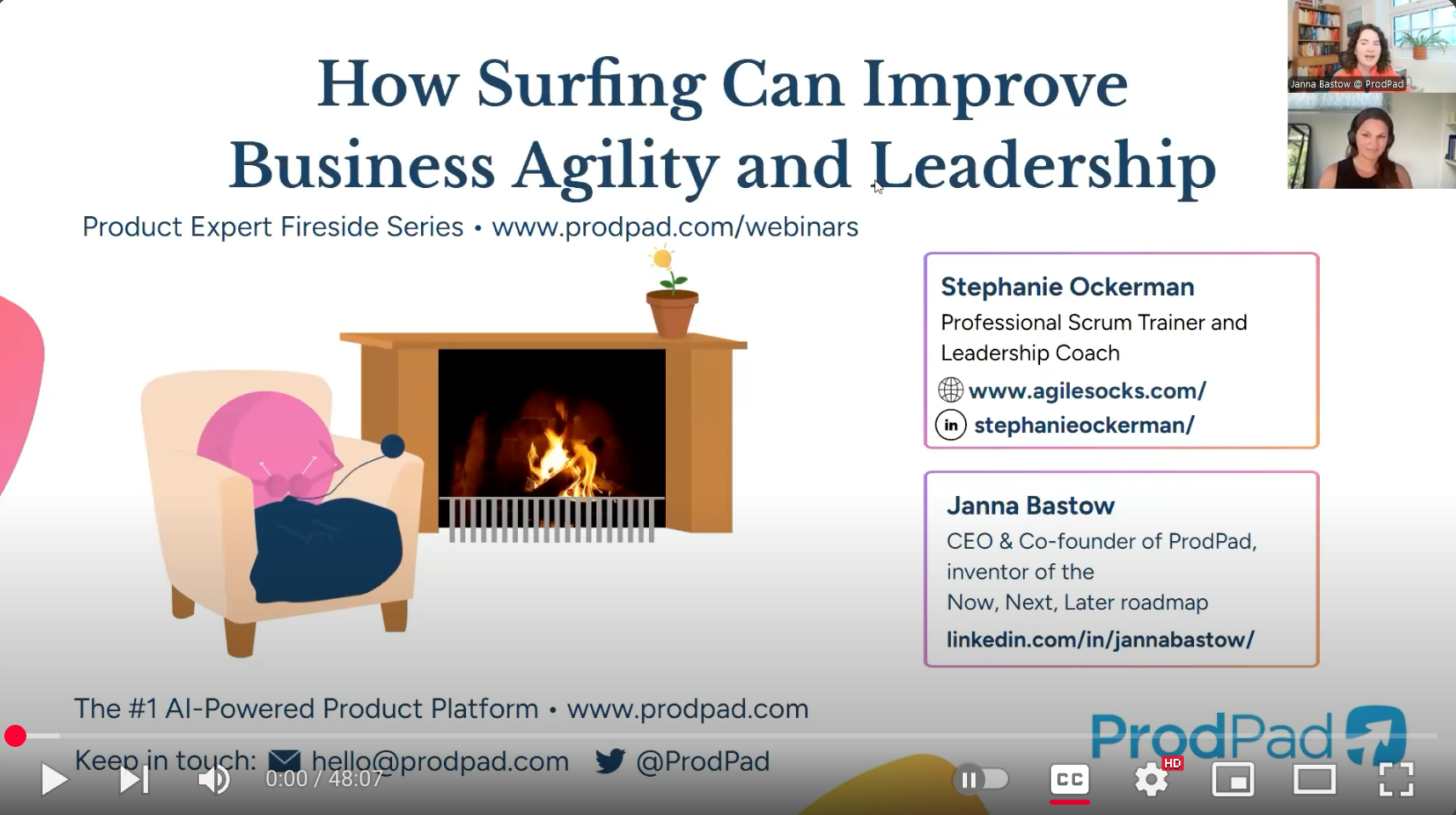
When people believe there is no planning in Scrum, we are likely to see two negative consequences.
The reality is we plan A LOT in Scrum.
We just plan differently to optimize effectiveness.
We know the plan is going to change. And this mindset honors the agile value of adapting to change over following a plan.
The Sprint starts with Sprint Planning, and the entire Scrum Team participates. This is a collaborative negotiation to determine a valuable outcome the team wants to achieve. Based on team discussion, the Developers create the Sprint Backlog, identifying the Sprint Goal, the selected Product Backlog items, and a loose plan for creating the Increment.
The Daily Scrum is a collaborative planning session for the Developers to inspect progress and adapt the plan to meet the Sprint Goal.
The Sprint Review is a collaborative session to gather input needed to help plan the next Sprint.
The Sprint Retrospective is a collaborative session to enable and plan for continuous improvement.
The Developers own the Sprint Backlog. They create it, and they can adapt it. This ownership means the plan will reflect the current reality, incorporating input from the most knowledgeable people. For release-level planning or forecasting, the entire Scrum Team owns this. It requires a collaboration because of the distinct accountabilities of Scrum.
In every event, we are both inspecting and adapting. That is the essence of planning. If we don’t see the adaptation happen during a Scrum event, it is time to revisit the Scrum Team’s understanding of the purpose of the events.
Furthermore, the Scrum framework is just a framework. It encourages Scrum Teams to apply complementary practices where relevant to further assist with planning, including release planning and product backlog refinement techniques. Developers choose how to do their work, and they are likely to have planning discussions throughout the Sprint.
A plan is out of date a minute after you discuss it. Therefore, we keep the plan lightweight and make it easy to update the plan. Some ways that we reduce waste related to planning include:
By being honest about this, we can be transparent about the current progress and forecast completion dates. This helps us build trust. This helps us use an empirical process to enable business agility, to make difficult decisions, and to do professional work.
In summary, planning effectively is an essential part of Scrum. I have experience working as both a Project Management Professional (PMP) in the traditional delivery environment as well as working as a Professional Scrum Master (PSM) and Coach in an agile delivery environment. I argue that when we do Scrum well, planning in Scrum is more effective.



AGILE SOCKS is a registered trademark of Agile Socks LLC. Other marks used herein are the property of their respective owners. For more information see Trademark Notice in Terms & Conditions.